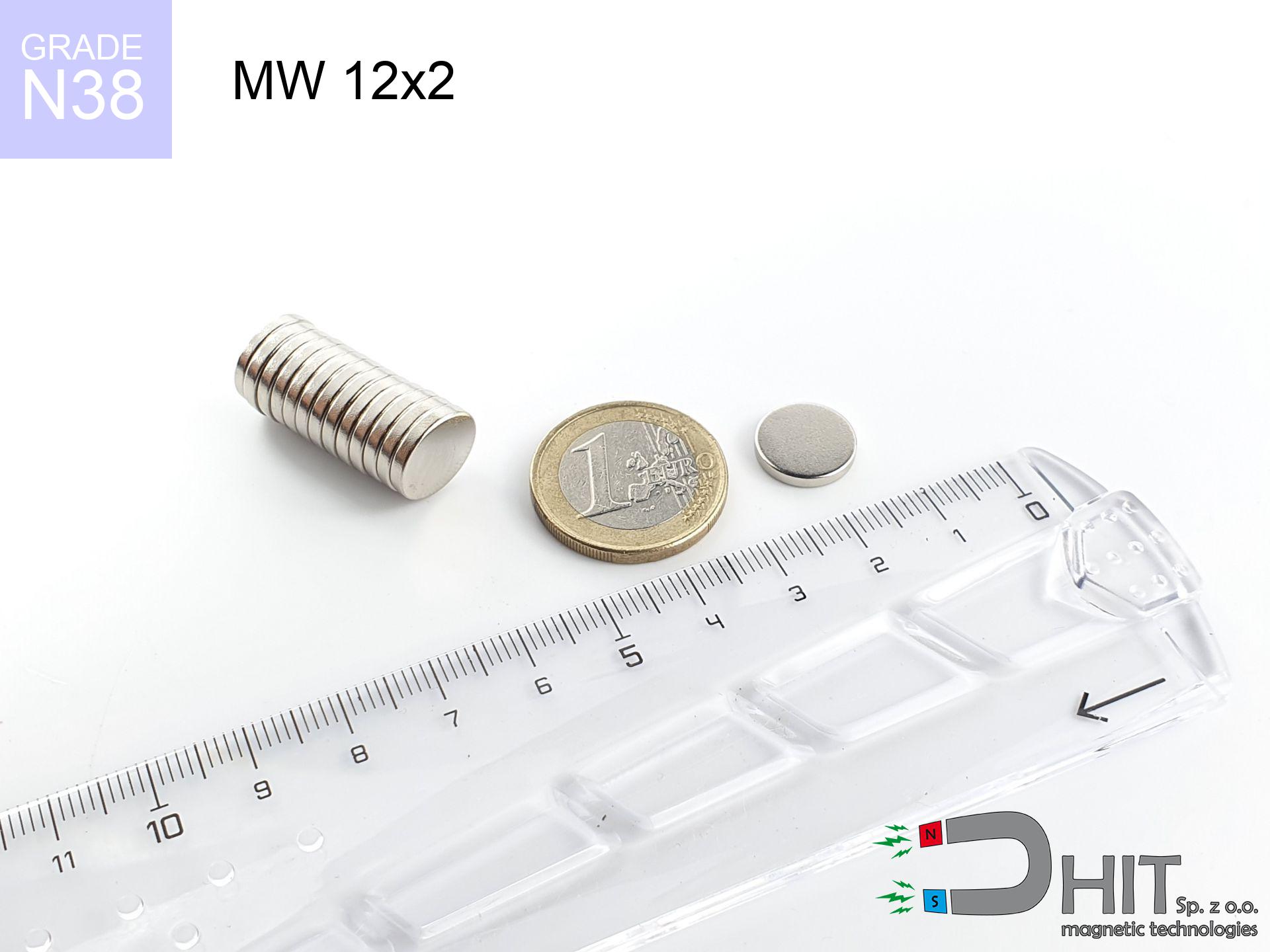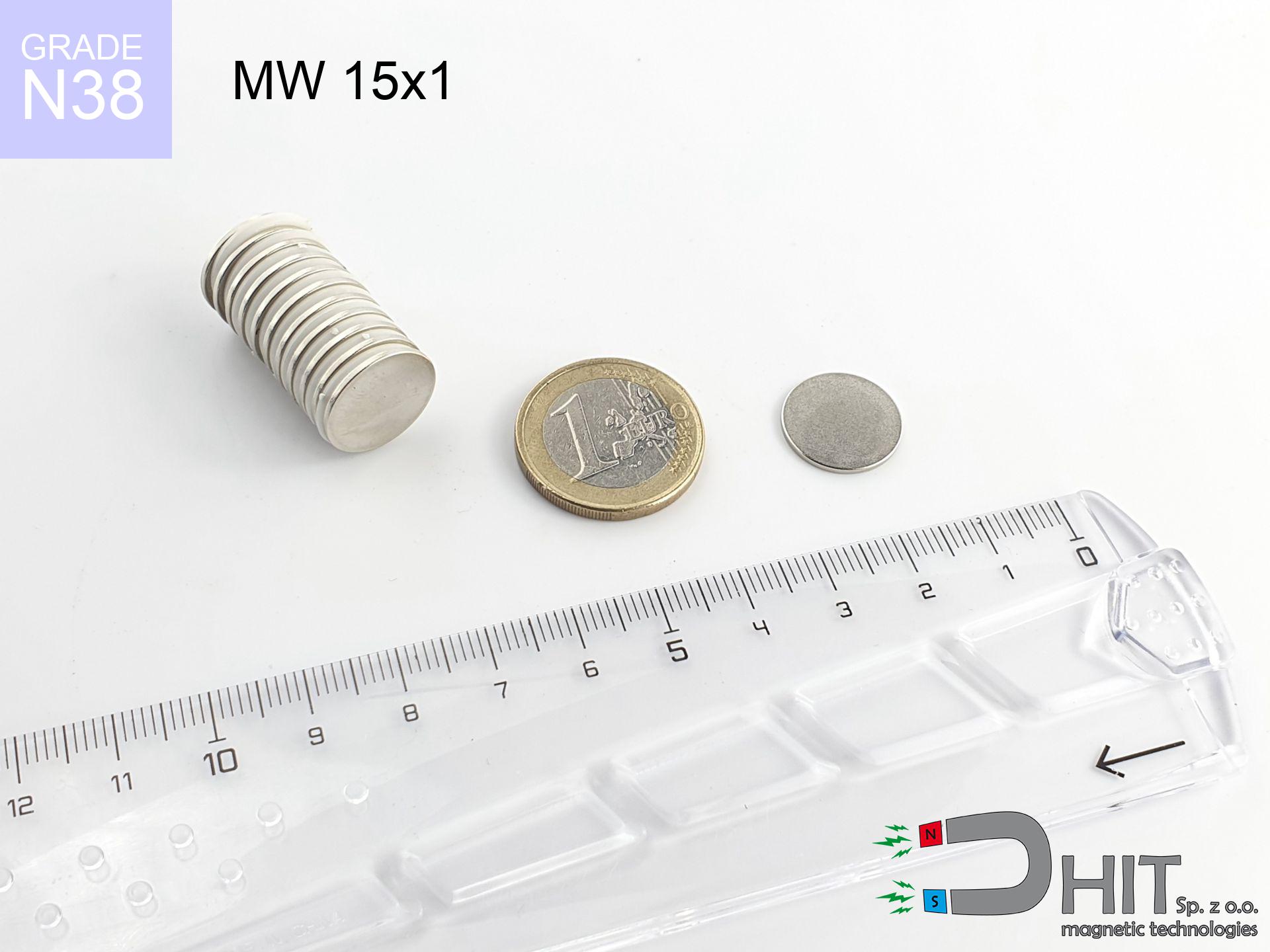UMT 12x20 orange / N38 - magnetic pin
board holder
catalog number 230282
GTIN: 5906301814344
diameter Ø
12
mm [±0,1 mm]
height
20
mm [±0,1 mm]
max. temperature
≤ 80
°C
catalog number 230282
GTIN: 5906301814344
diameter Ø
12 mm [±0,1 mm]
height
20 mm [±0,1 mm]
max. temperature
≤ 80 °C
1.89 ZŁ gross price (including VAT) / pcs +
1.54 ZŁ net price + 23% VAT / pcs
bulk discounts:
need more quantity?Don't know what to buy?
Call us tel: +48 22 499 98 98 or contact us through contact form on the contact page. You can check the mass as well as the appearance of neodymium magnet in our force calculator magnetic mass calculator
Orders placed by 2:00 PM will be shipped on the same business day.
Specification: board holder 12x20 orange / N38
Magnetic properties of the material N38
Physical properties of sintered neodymium magnets Nd2Fe14B
Find suggested articles
Advantages and disadvantages of neodymium magnets NdFeB.
In addition to immense strength, neodymium magnets have the following advantages:
- They do not lose power over time. After 10 years, their power decreases by only ~1% (theoretically),
- They are exceptionally resistant to demagnetization caused by an external magnetic field,
- In other words, thanks to the shiny coating of nickel, gold, or silver, the element acquires an aesthetic appearance,
- They have exceptionally high magnetic induction on the surface of the magnet,
- Thanks to their high temperature resistance, they can operate (depending on the shape) even at temperatures up to 230°C and above...
- Thanks to the flexibility in shaping and the ability to adapt to specific requirements – neodymium magnets can be produced in many variants of shapes and sizes, which amplifies their universality in usage.
- Key role in the industry of new technologies – find application in computer drives, electric drive mechanisms, medical apparatus and other modern machines.
Disadvantages of neodymium magnets:
- They are prone to breaking as they are fragile when subjected to a powerful impact. If the magnets are exposed to impacts, it is suggested using magnets in a protective case. The steel housing in the form of a holder protects the magnet from impacts and also increases its overall strength,
- Magnets lose their strength due to exposure to high temperatures. In most cases, when the temperature exceeds 80°C, these magnets experience permanent loss in strength (although it is worth noting that this is dependent on the form and size of the magnet). To avoid this problem, we offer special magnets marked with the [AH] symbol, which exhibit high temperature resistance. They can operate even at temperatures as high as 230°C or more,
- Due to their susceptibility to corrosion in a humid environment, we suggest using waterproof magnets made of rubber, plastic, or other moisture-resistant materials when using them outdoors,
- The use of a cover - a magnetic holder is recommended due to the limited production capabilities of creating threads or complex shapes in the magnet
- Potential hazard associated with microscopic parts of magnets pose a threat, when accidentally ingested, which becomes significant in the context of children's health. It's also worth noting that tiny parts of these products have the potential to be problematic in medical diagnosis in case of swallowing.
Caution with Neodymium Magnets
Dust and powder from neodymium magnets are flammable.
Do not attempt to drill into neodymium magnets. Mechanical processing is also not recommended. If the magnet is crushed into fine powder or dust, it becomes highly flammable.
It is crucial not to allow the magnets to pinch together uncontrollably or place your fingers in their path as they attract to each other.
Magnets will crack or crumble with careless joining to each other. You can't move them to each other. At a distance less than 10 cm you should have them extremely strongly.
Neodymium magnets can demagnetize at high temperatures.
Although magnets have demonstrated their effectiveness up to 80°C or 175°F, the temperature can vary depending on the type, shape, and intended use of the specific magnet.
Neodymium magnets are the strongest magnets ever created, and their strength can surprise you.
To use magnets properly, it is best to familiarize yourself with our information beforehand. This will help you avoid significant harm to your body and the magnets themselves.
The magnet is coated with nickel - be careful if you have an allergy.
Studies show a small percentage of people have allergies to certain metals, including nickel. An allergic reaction often manifests as skin redness and rash. If you have a nickel allergy, you can try wearing gloves or simply avoid direct contact with nickel-plated neodymium magnets.
Neodymium magnets should not be in the vicinity youngest children.
Neodymium magnets are not toys. Do not allow children to play with them. They can be a significant choking hazard. If multiple magnets are swallowed, they can attract to each other through the intestinal walls, causing significant injuries, and even death.
Neodymium magnetic are extremely delicate, they easily crack as well as can become damaged.
Neodymium magnets are characterized by significant fragility. Neodymium magnetic are made of metal and coated with a shiny nickel, but they are not as durable as steel. At the moment of connection between the magnets, small metal fragments can be dispersed in different directions.
Never bring neodymium magnets close to a phone and GPS.
Magnetic fields generated by neodymium magnets interfere with compasses and magnetometers used in navigation, as well as internal compasses of smartphones and GPS devices.
People with pacemakers are advised to avoid neodymium magnets.
Neodymium magnets generate very strong magnetic fields that can interfere with the operation of a pacemaker. This is because many of these devices are equipped with a function that deactivates the device in a magnetic field.
Make sure not to bring neodymium magnets close to the TV, wallet, and computer HDD.
Strong magnetic fields emitted by neodymium magnets can destroy magnetic storage media such as floppy disks, credit cards, magnetic ID cards, cassette tapes, video tapes, or other devices. They can also damage televisions, VCRs, computer monitors, and CRT displays. You should especially avoid placing neodymium magnets near electronic devices.
To show why neodymium magnets are so dangerous, see the article - How very dangerous are powerful neodymium magnets?.







